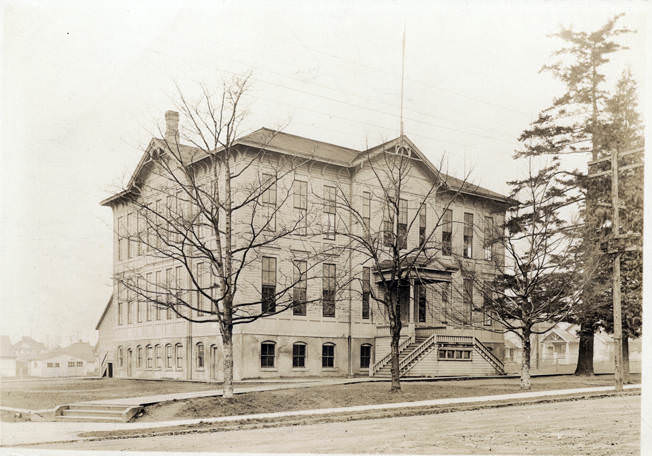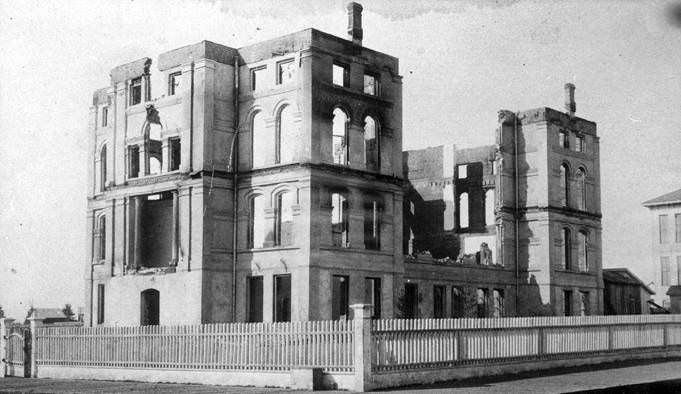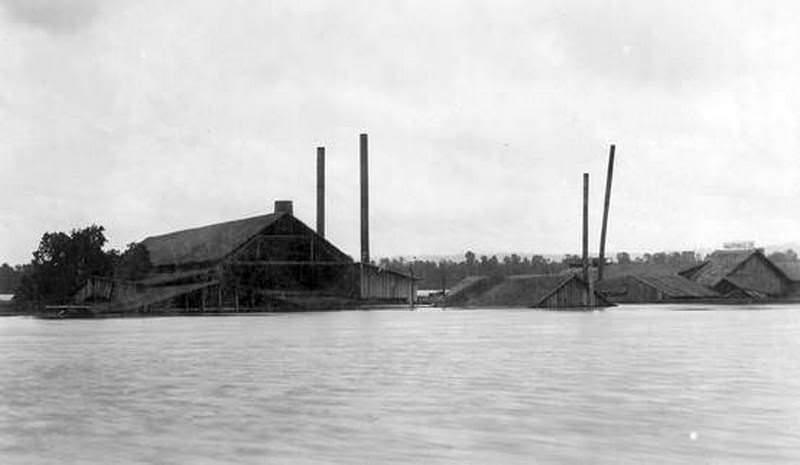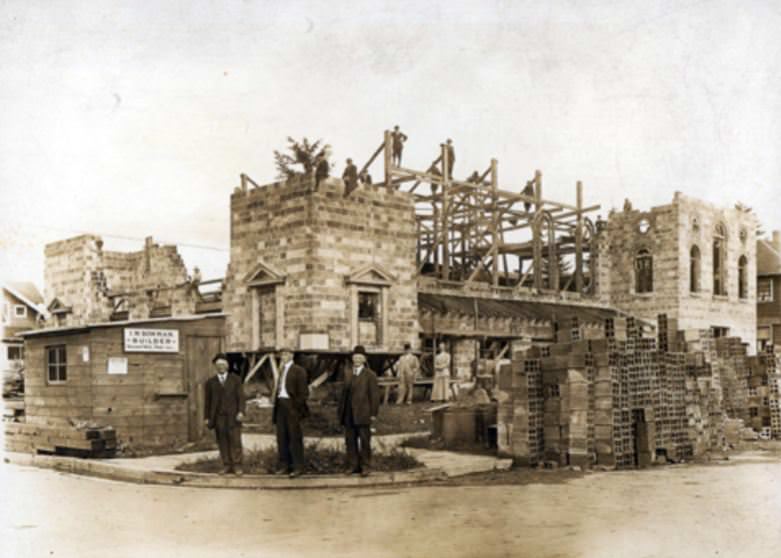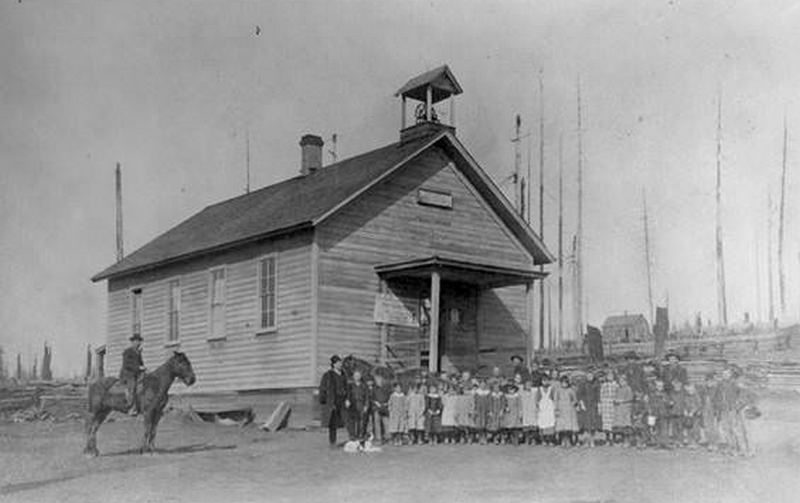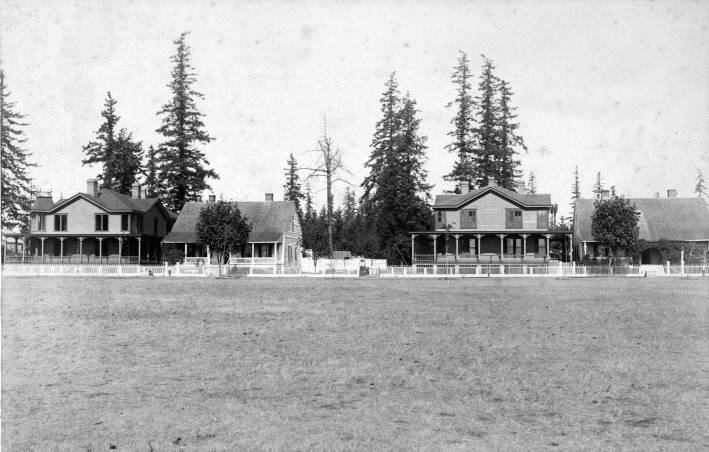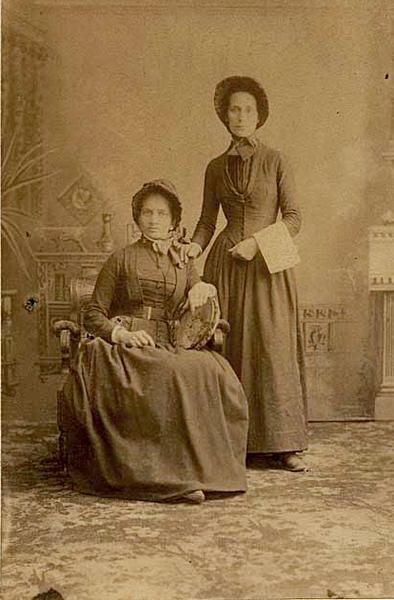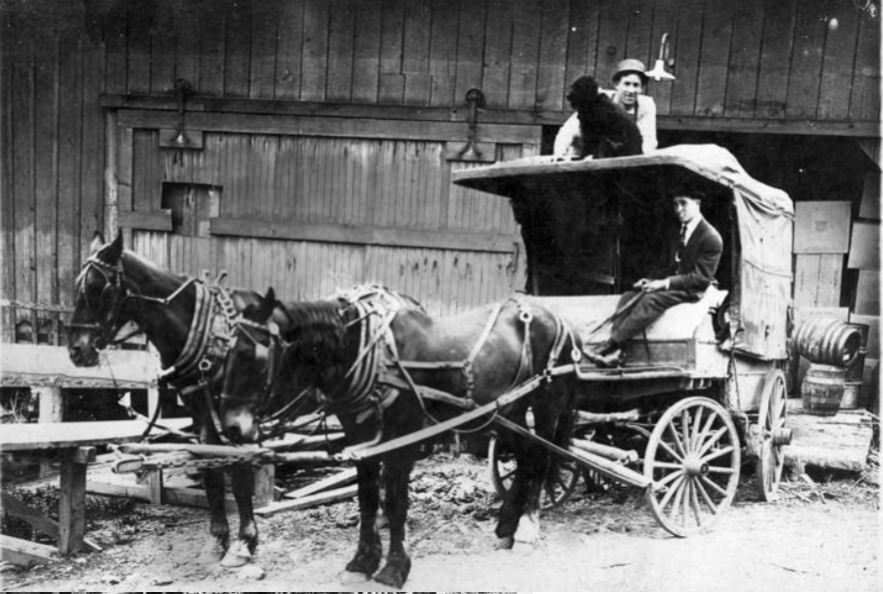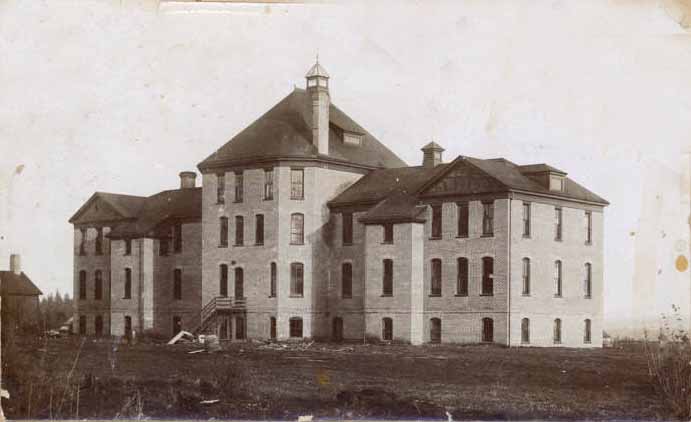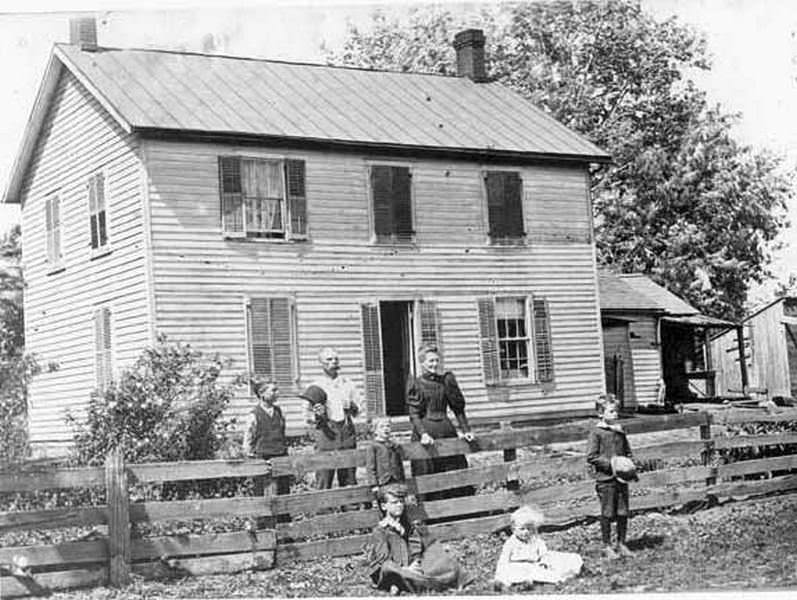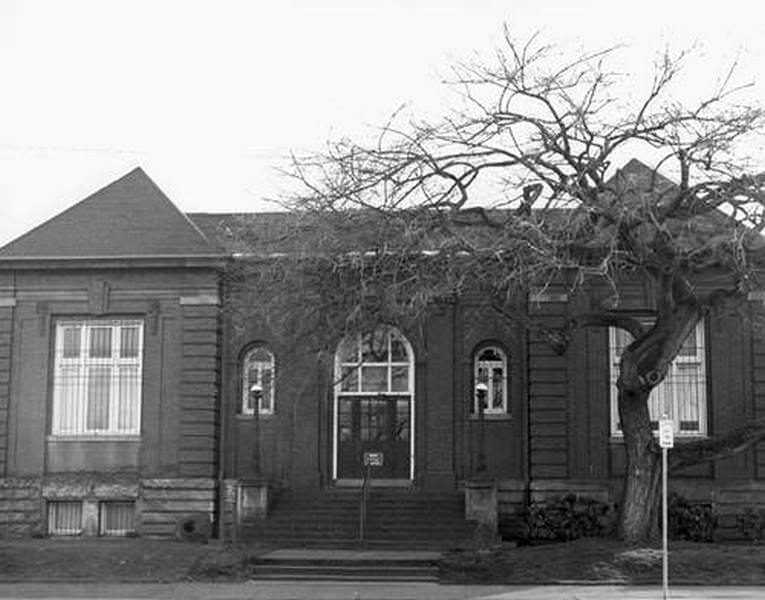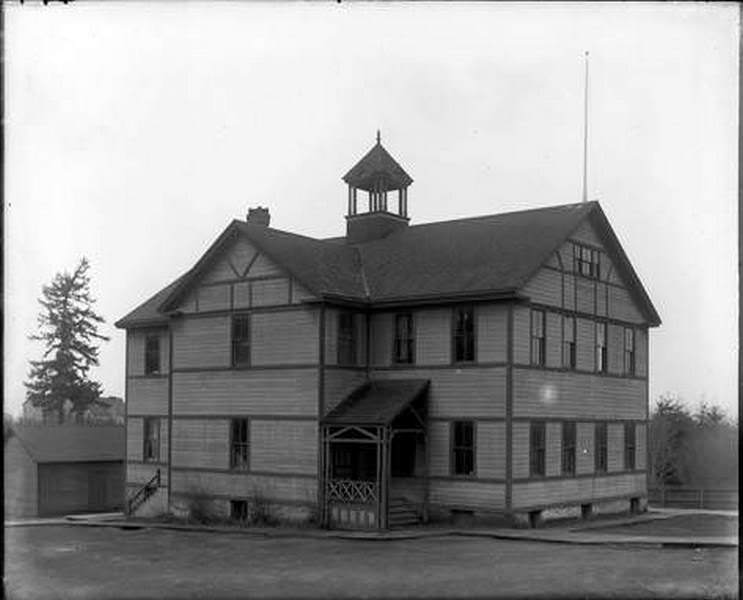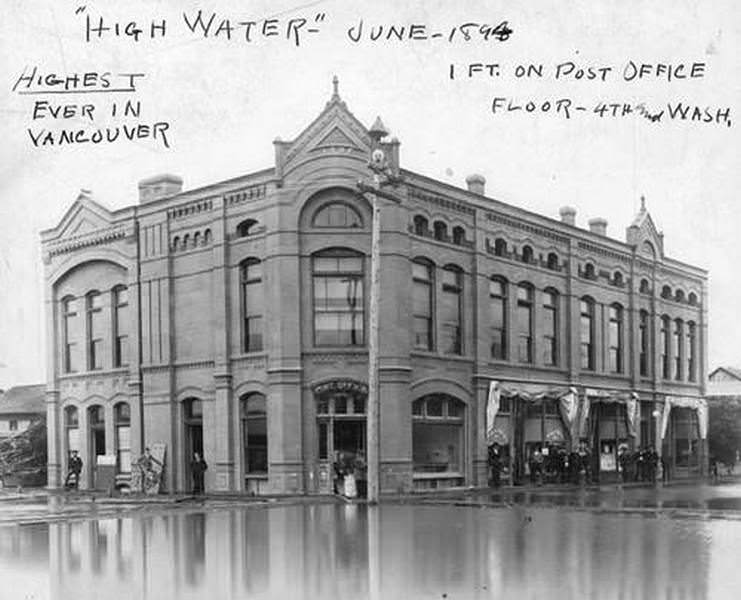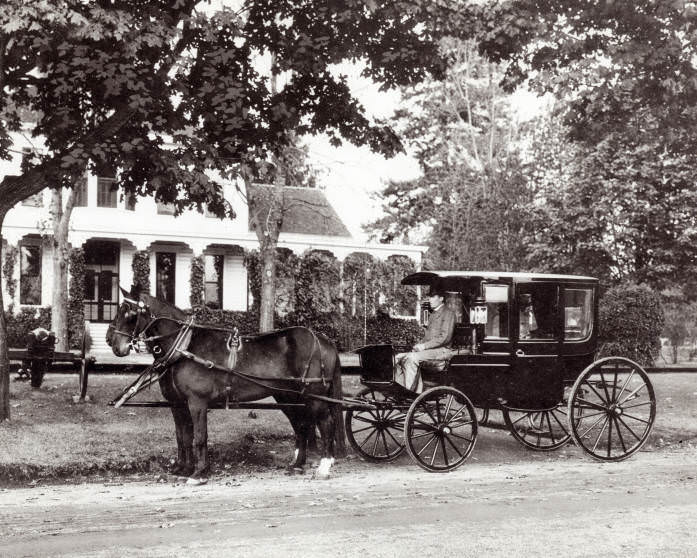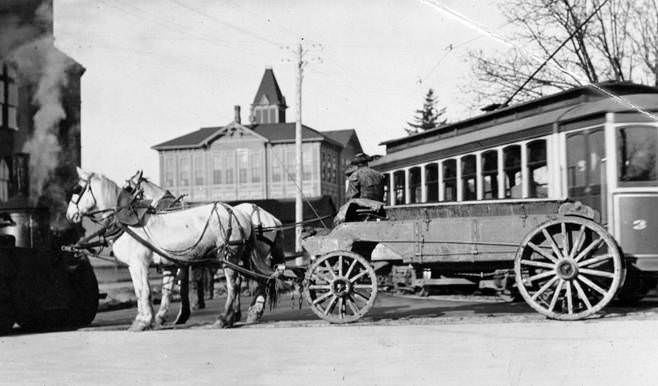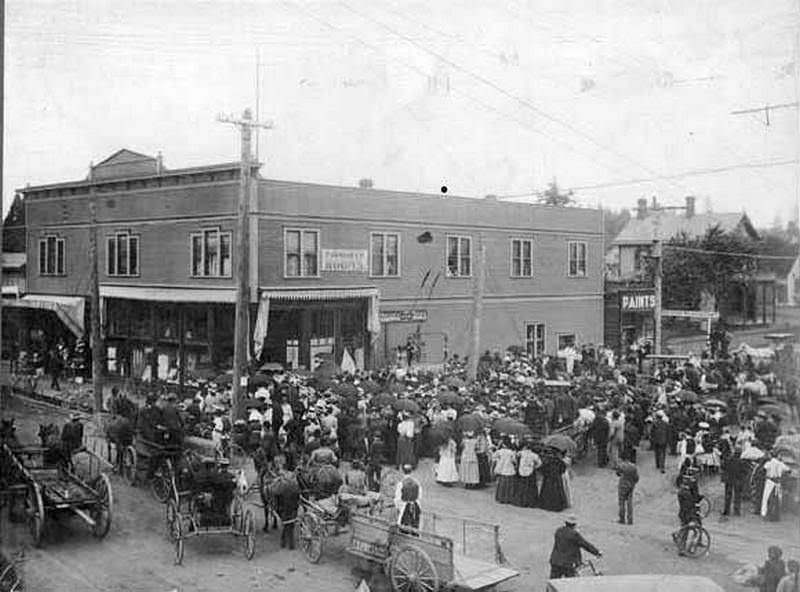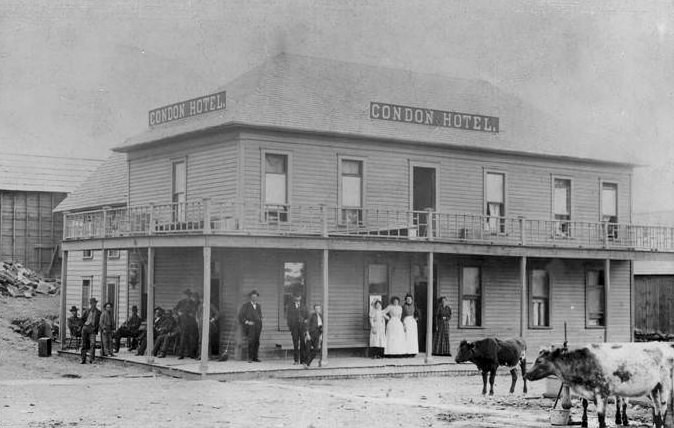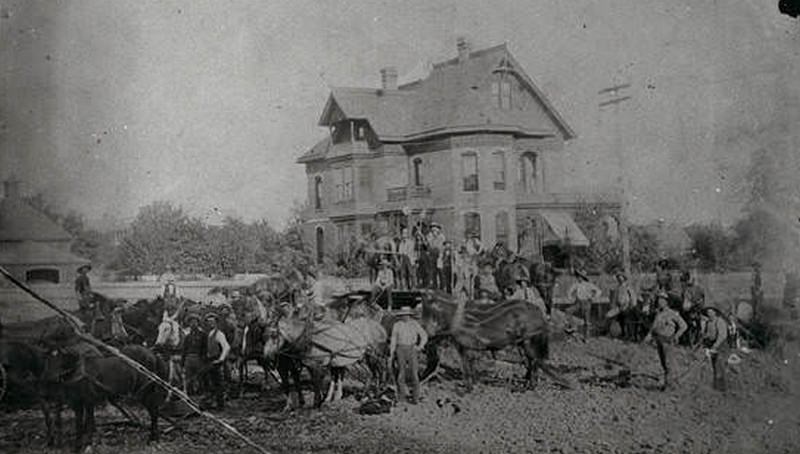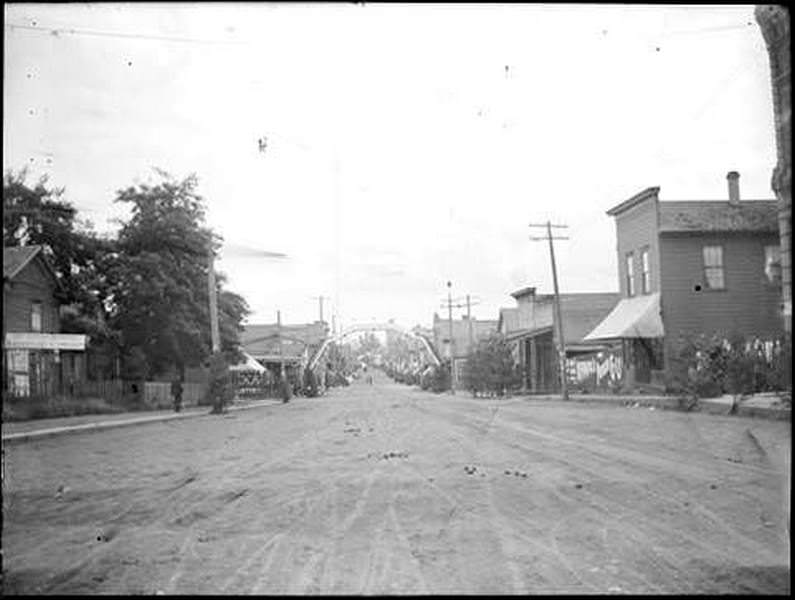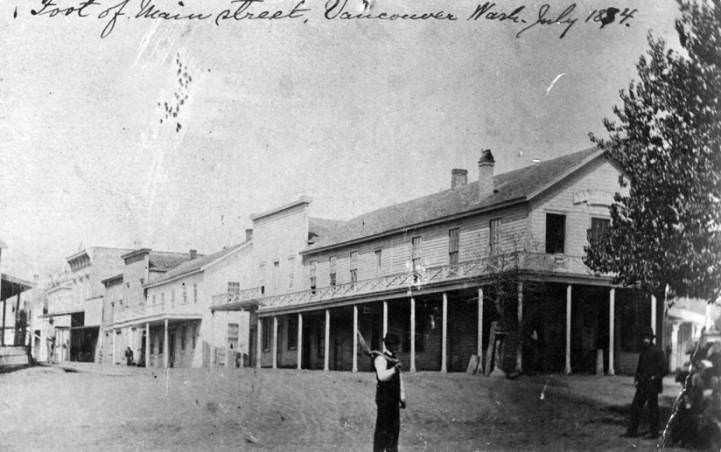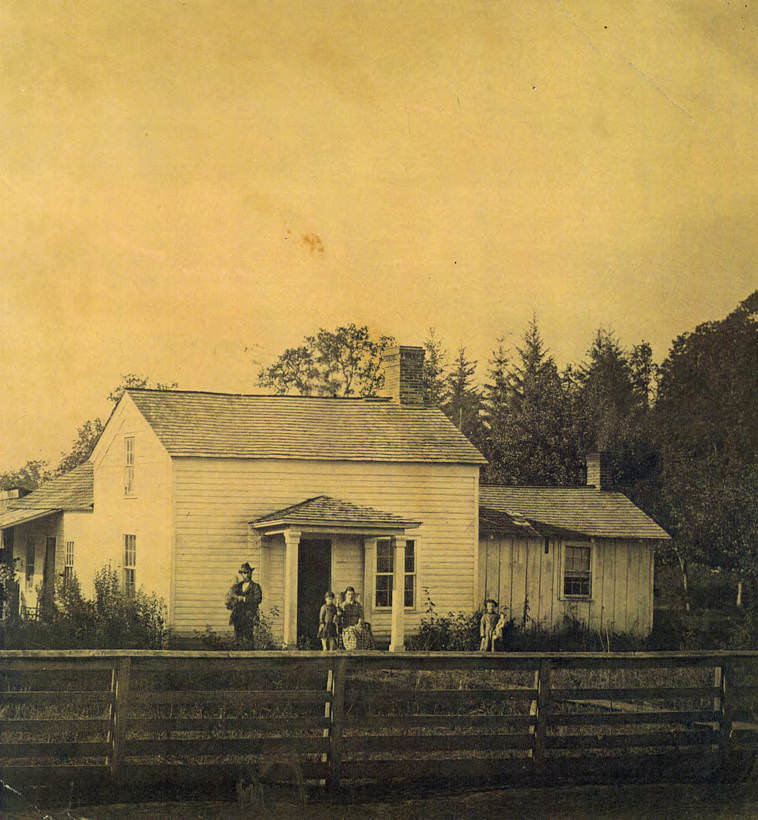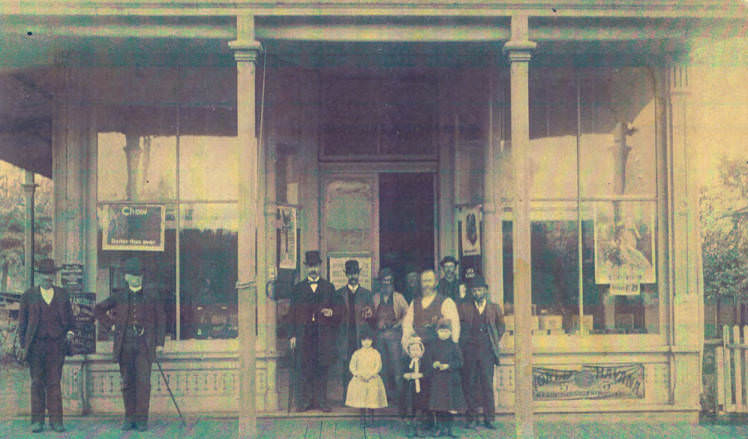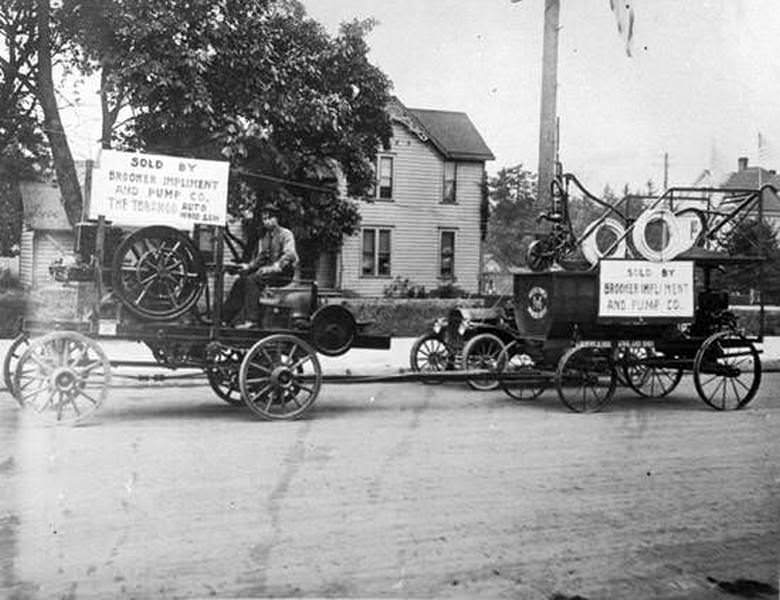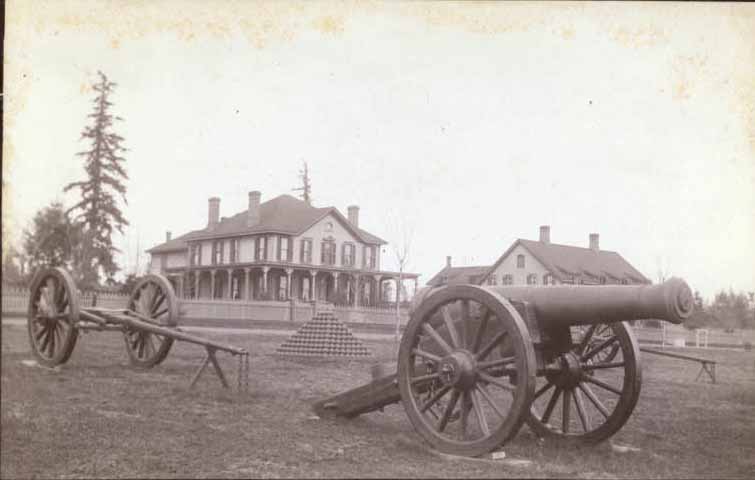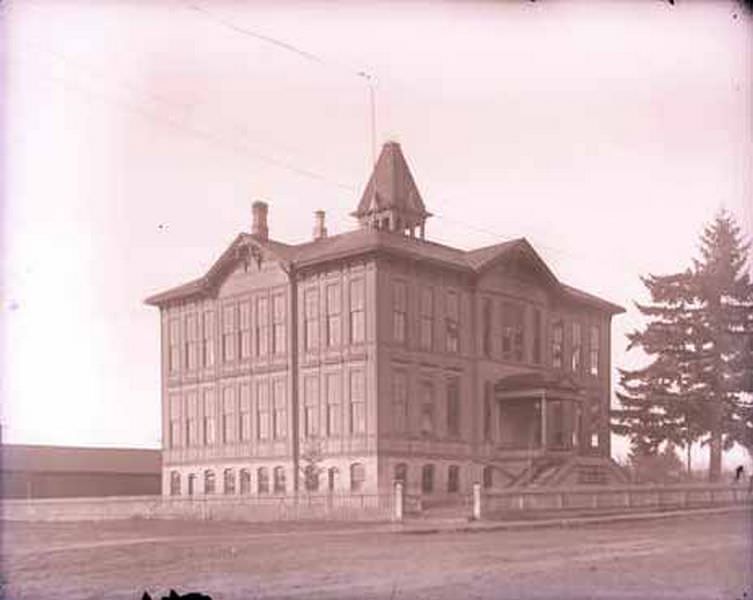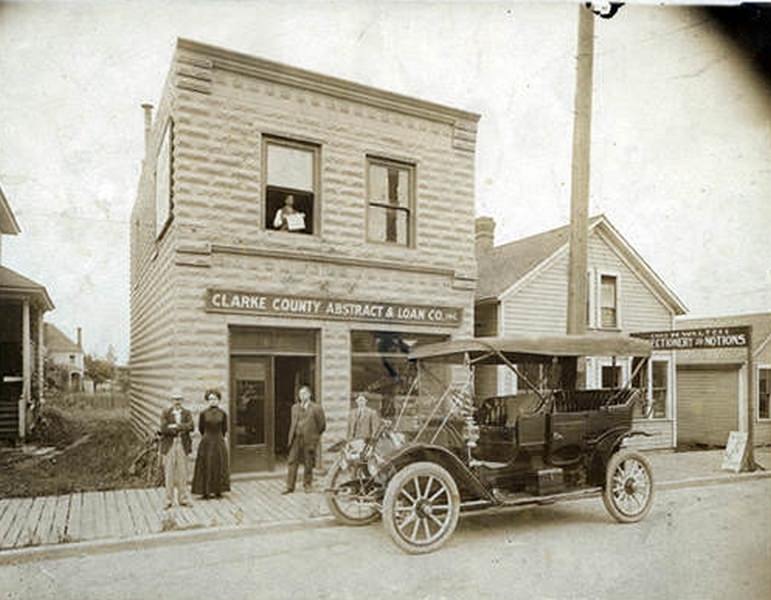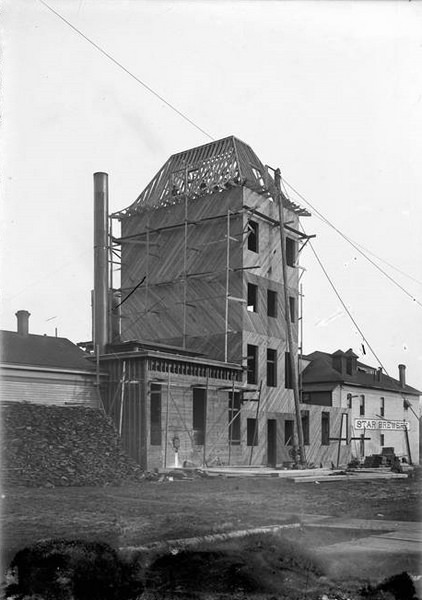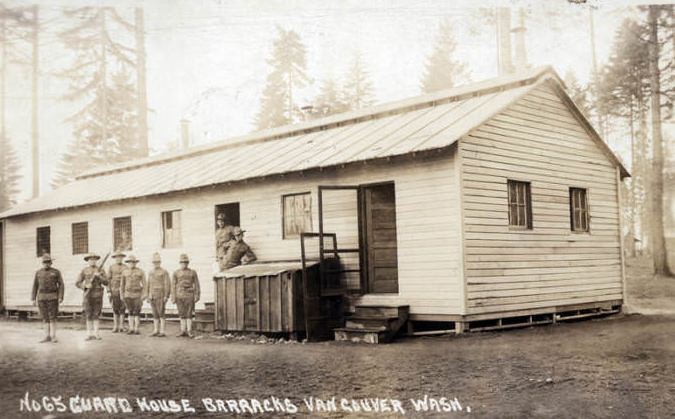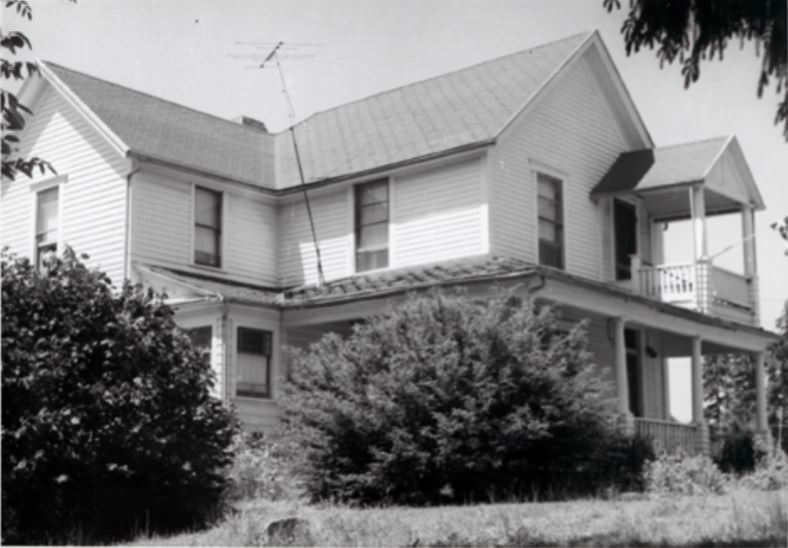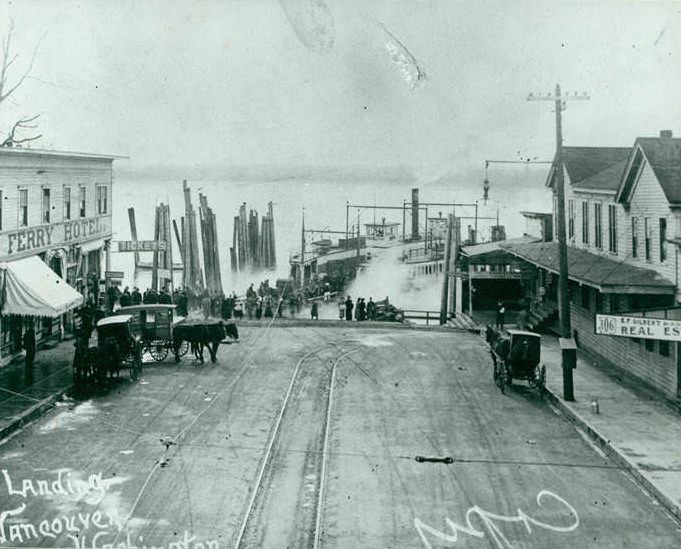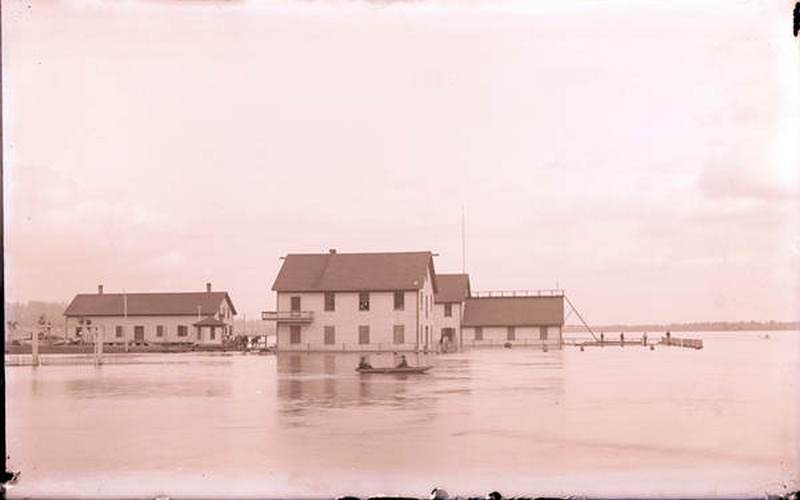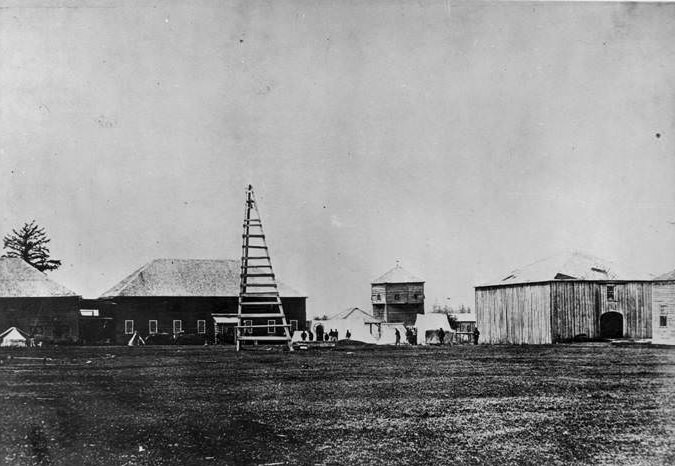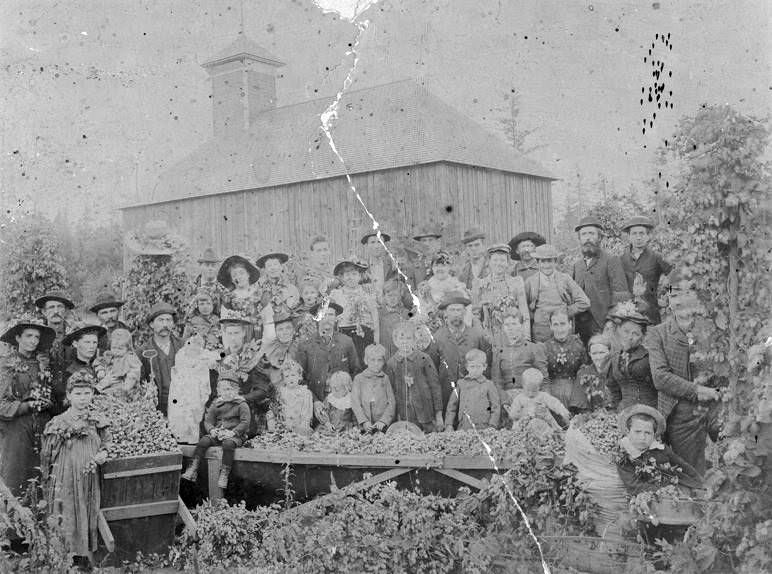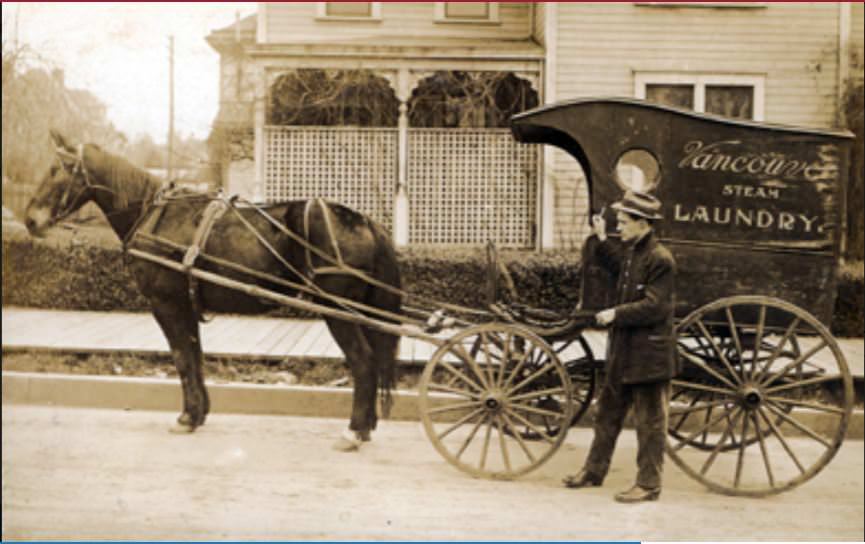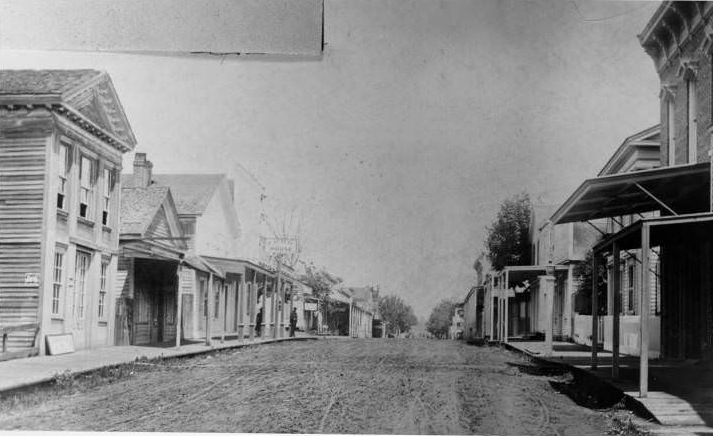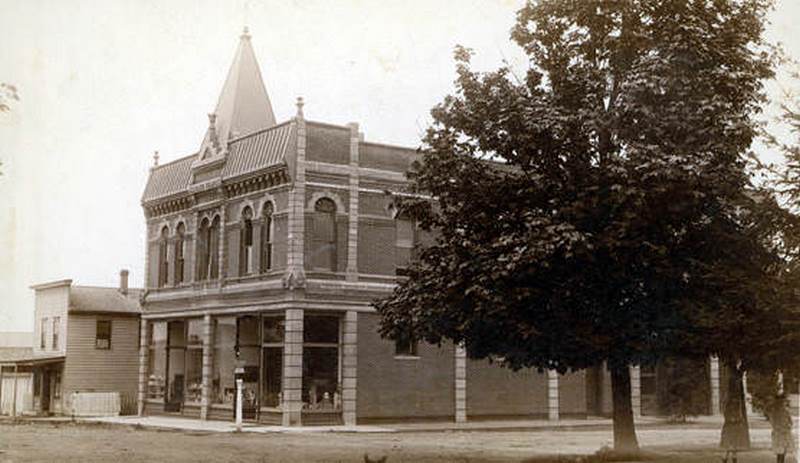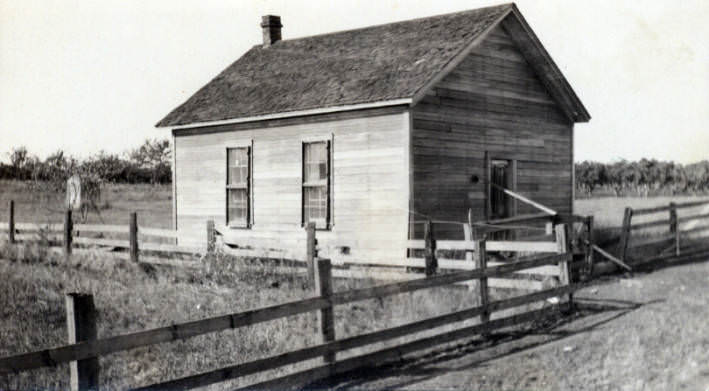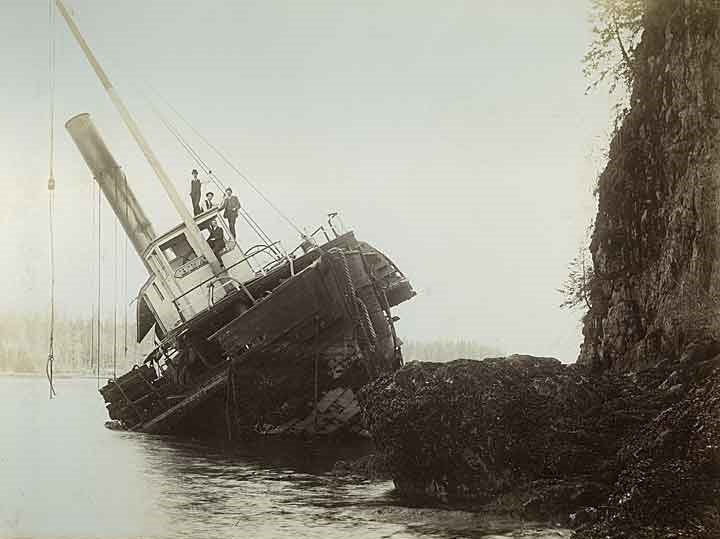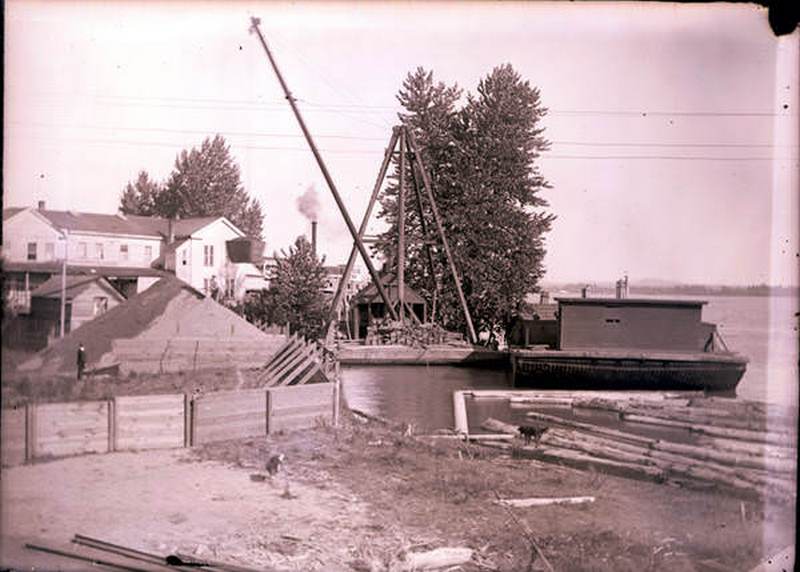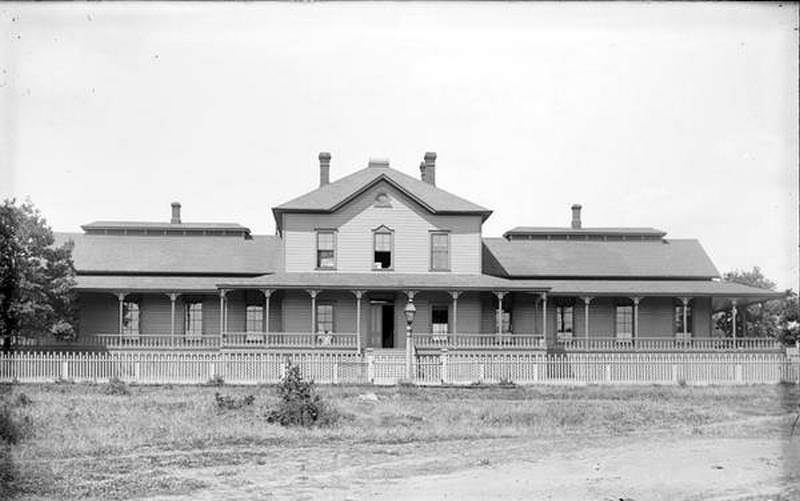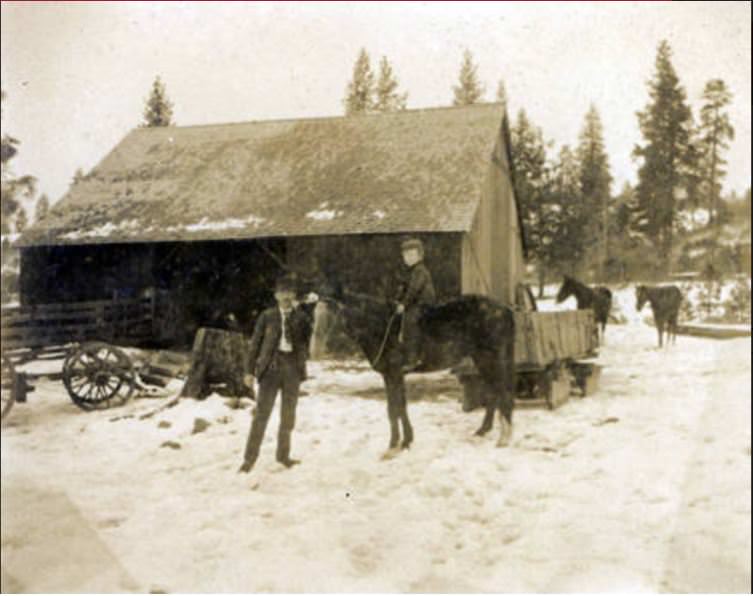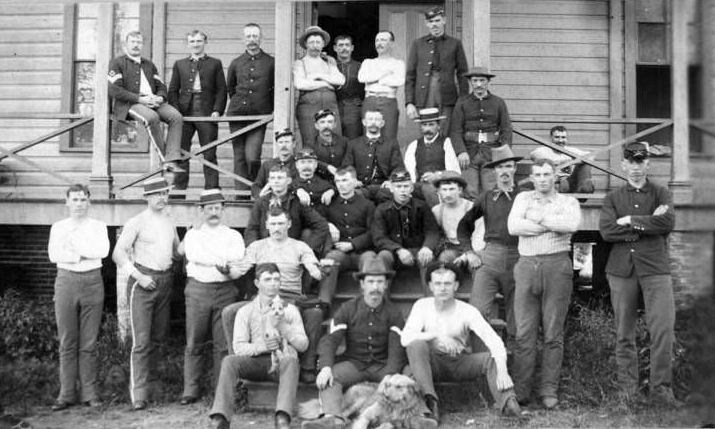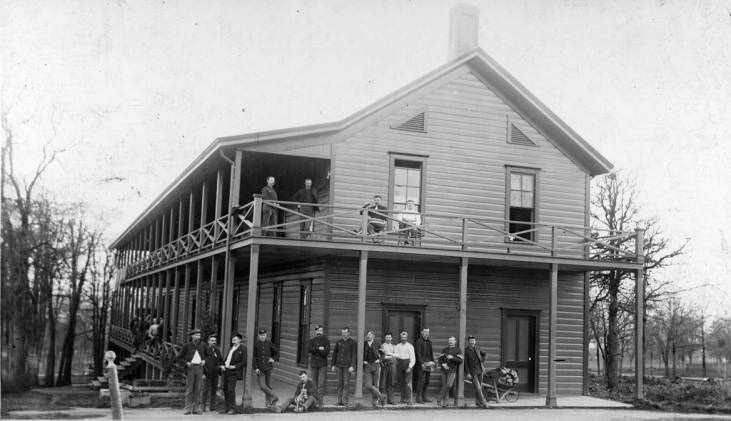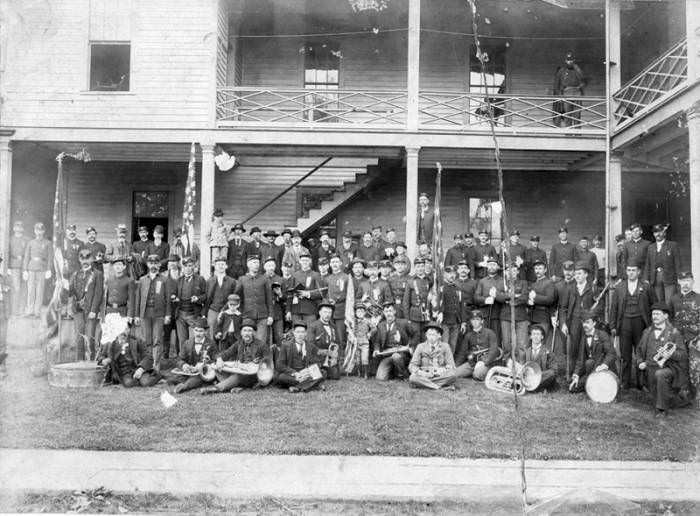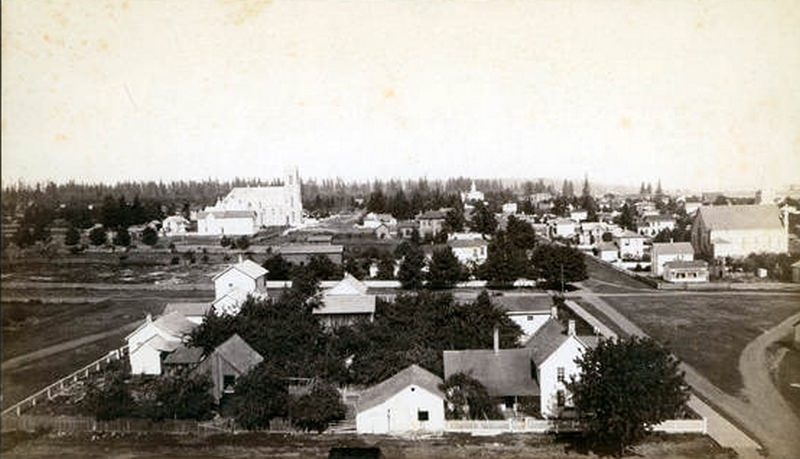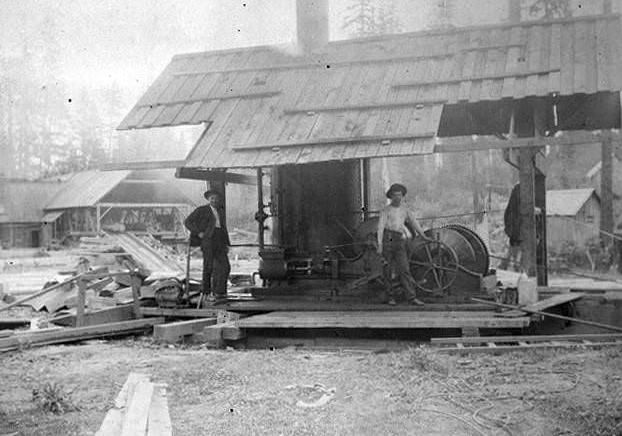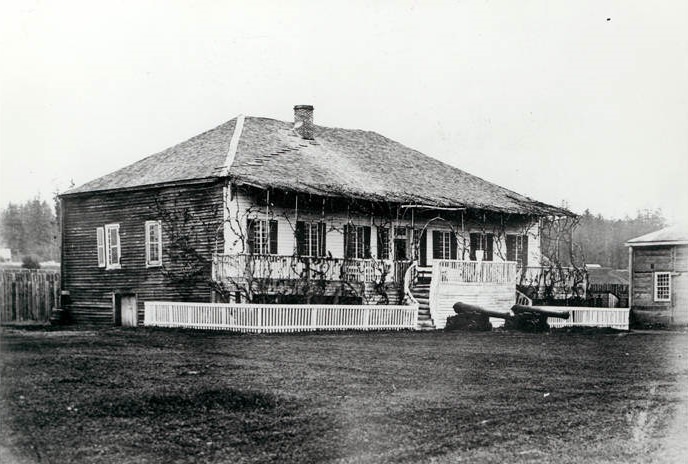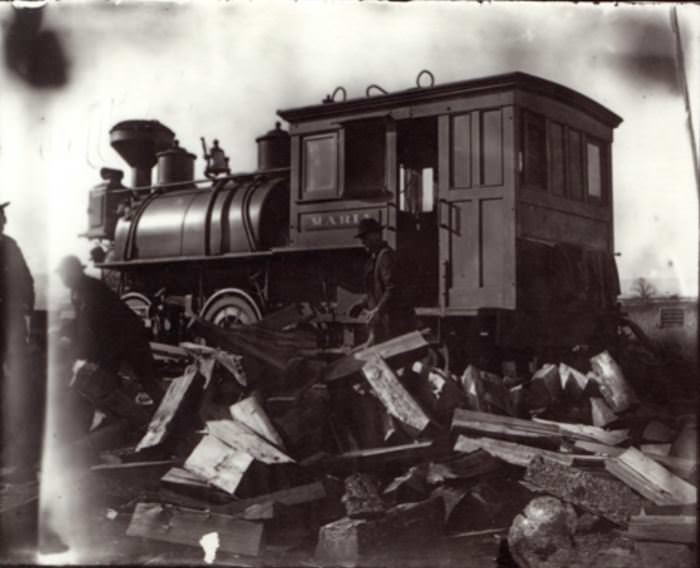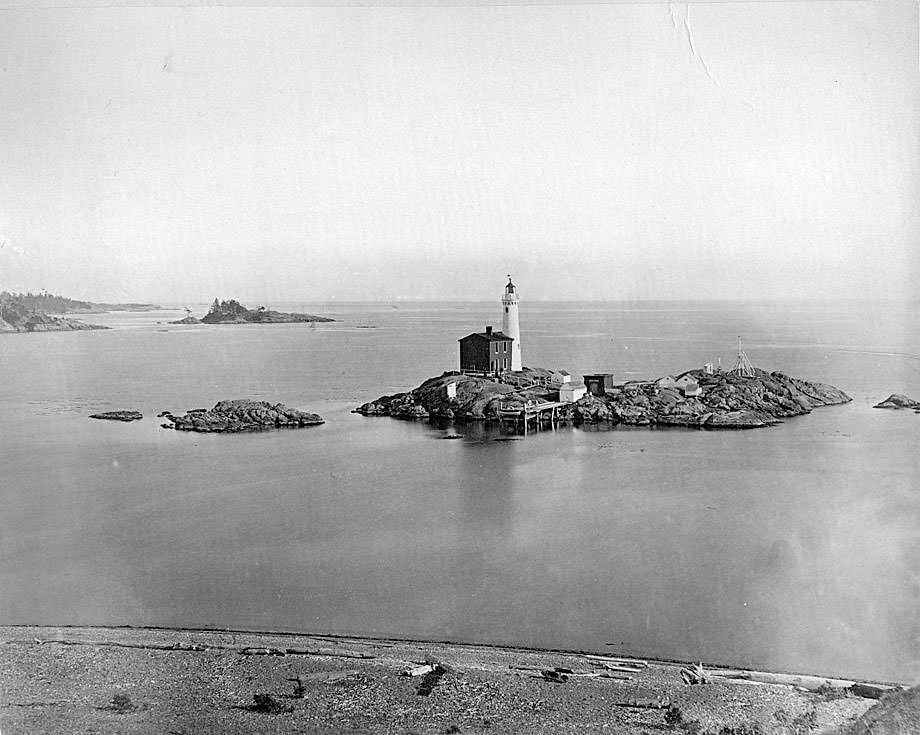The city of Vancouver is located in Clark County near the confluence of the Columbia and Willamette Rivers in southwestern Washington State. It was initially inhabited by Chinook Indians. In 1853, Congress approved the creation of the Washington Territory, and the Territorial Legislature changed the town’s name from Columbia City to Vancouver in 1855. On January 23, 1857, it became one of the territory’s first incorporated cities under its new name. Levi Farnsworth became the city’s first mayor; he was a shipbuilder from Vermont. Later, he became a member of the Territorial Legislature, being elected to the body at 71. Early city council members appeared to be lax in their duties, as the town clerk threatened to fine nonattending members. In 1858, the first ordinance prohibiting liquor sales on Sundays was passed.
Vancouver has long been a trading center for farmers in Clark County, attracting people. The city had seven general merchandise stores by 1867. Companies, including stave and barrel keg manufacturers, emerged in the area because of the abundance of trees. The brick industry took off, with a local brickyard supplying a million bricks in 1873 to build the Providence Academy, which became a landmark in Vancouver. During the last decade of the nineteenth century, the city’s waterfront boomed as local mill products were loaded onto ships for shipment to faraway cities. Vancouver had five sawmills, two sash and door factories, a box factory, three brickyards, and a brewery from 1891 to 1892. The Panic of 1893 almost halted progress, but after the crisis passed, business recovered. The cultivation of prunes, which started in the Vancouver area in the late 1870s, was another essential enterprise in the last half of the nineteenth century and the first half of the twentieth century.
Here are some historical photos that show Vancouver, WA, from the 1860s to 1890s.


